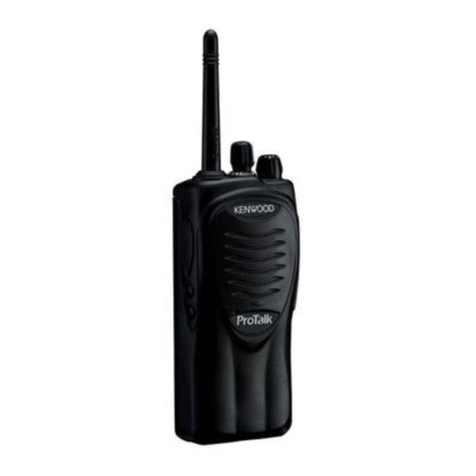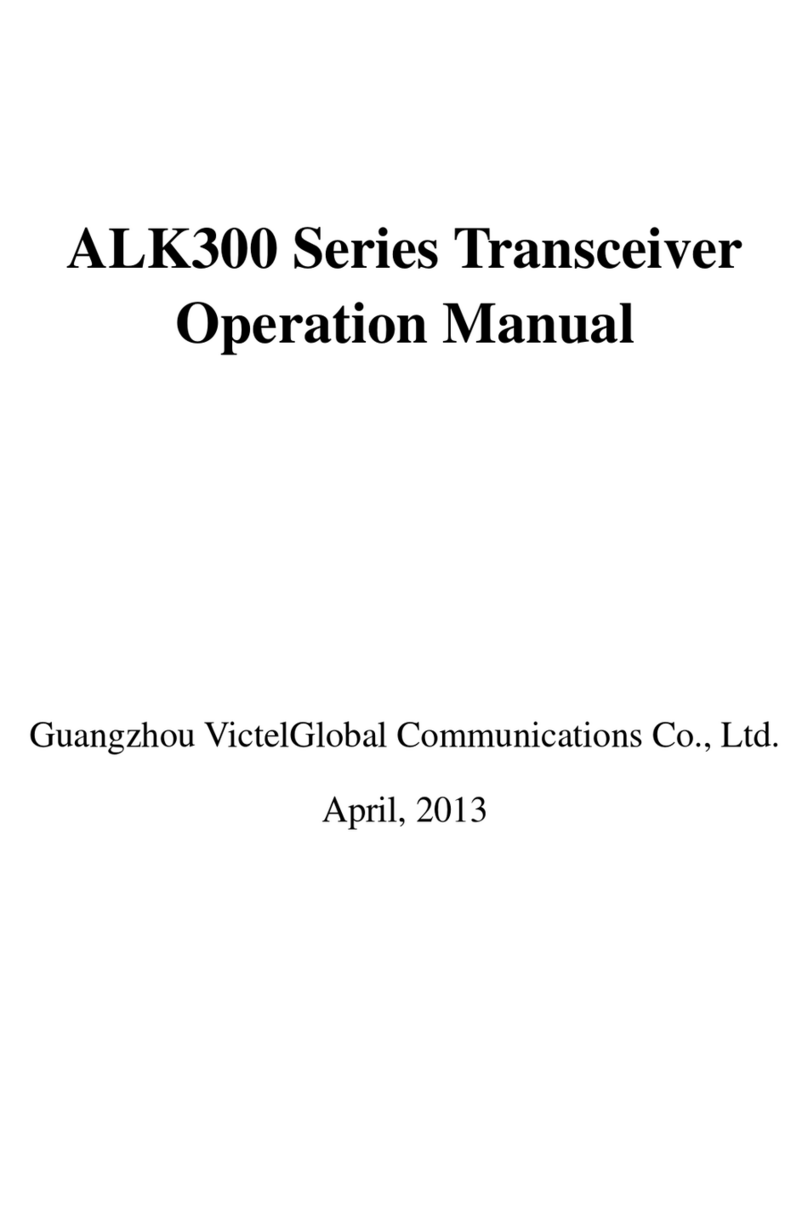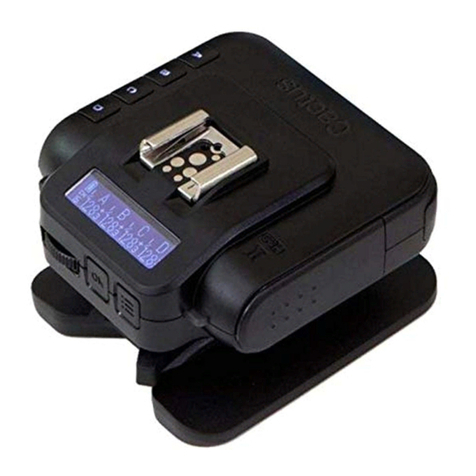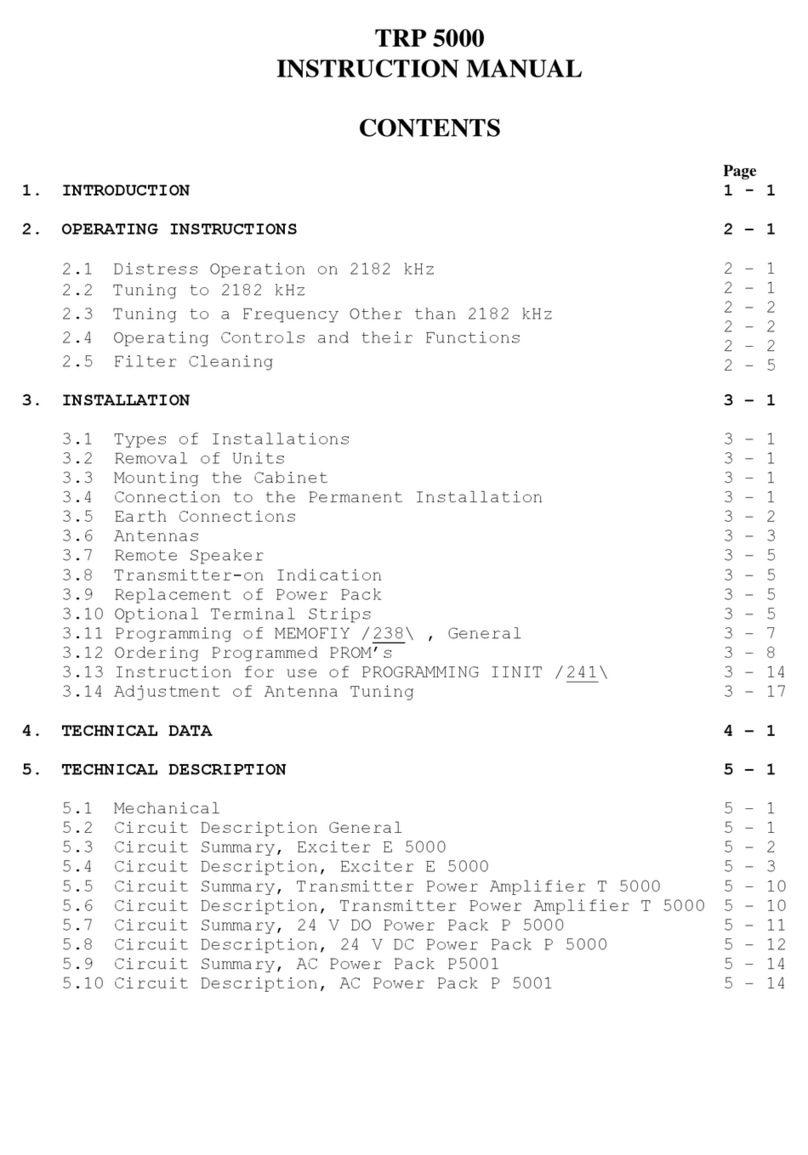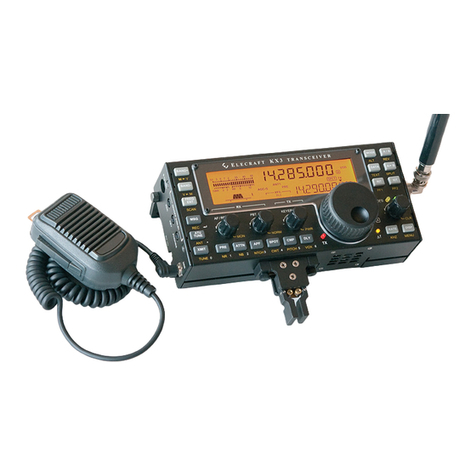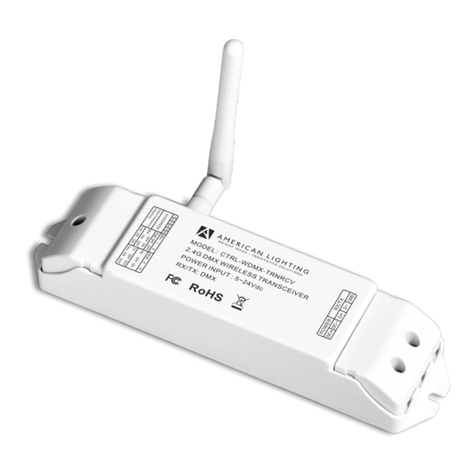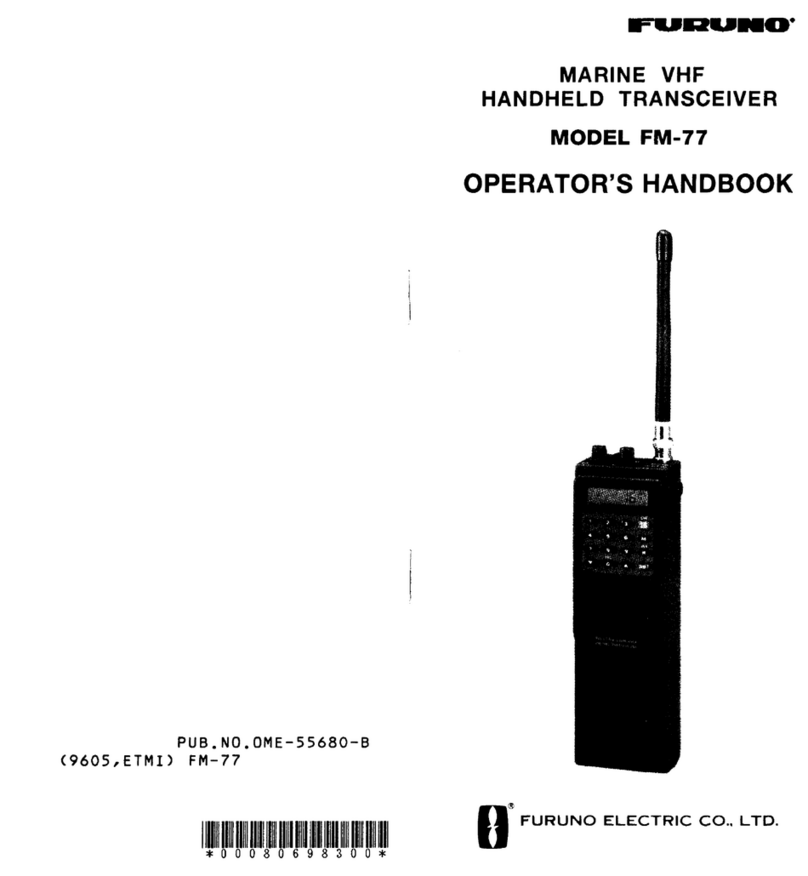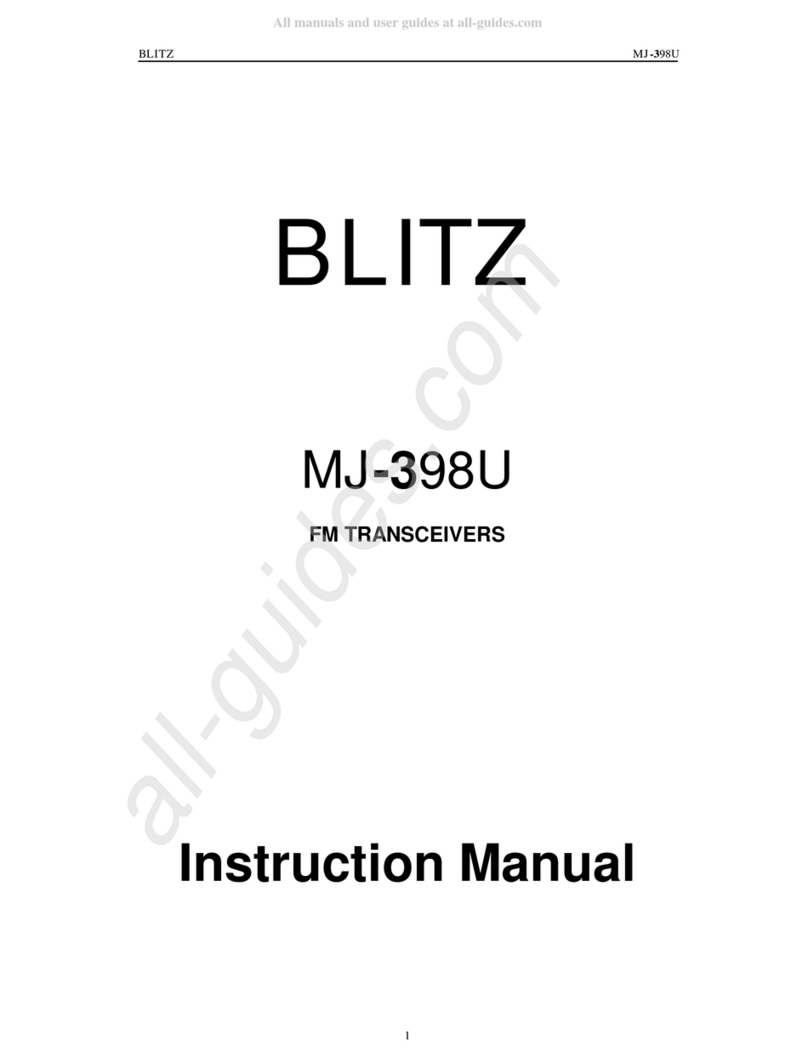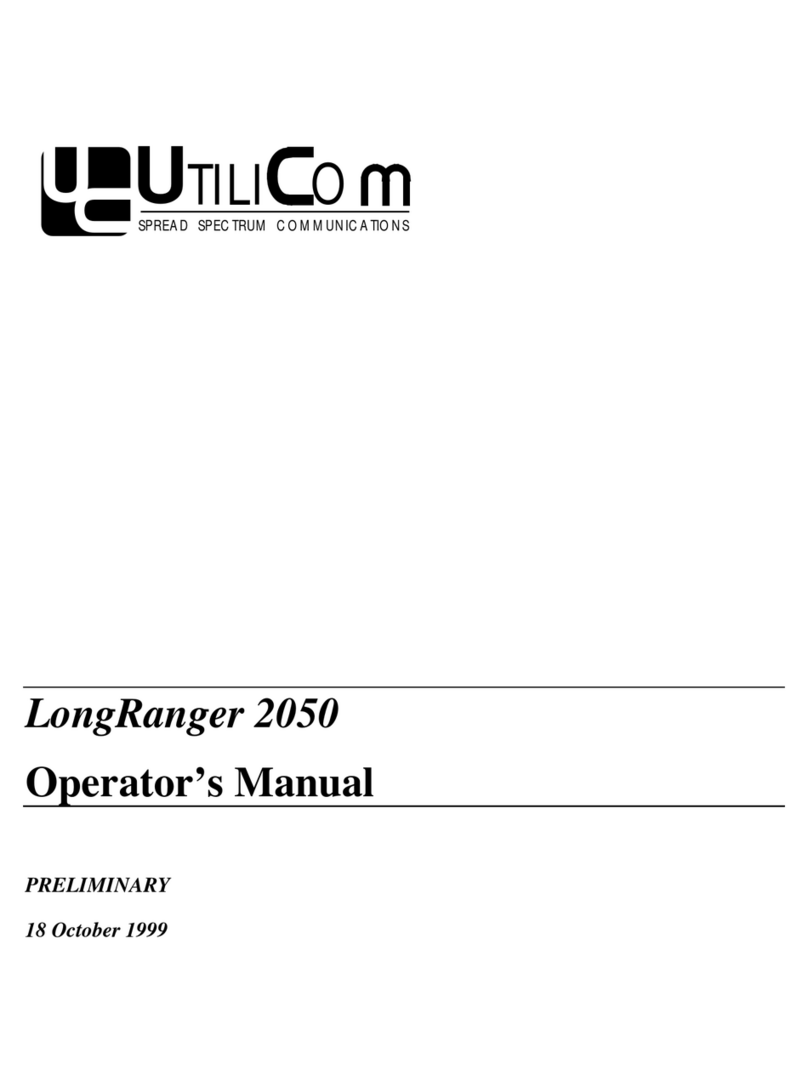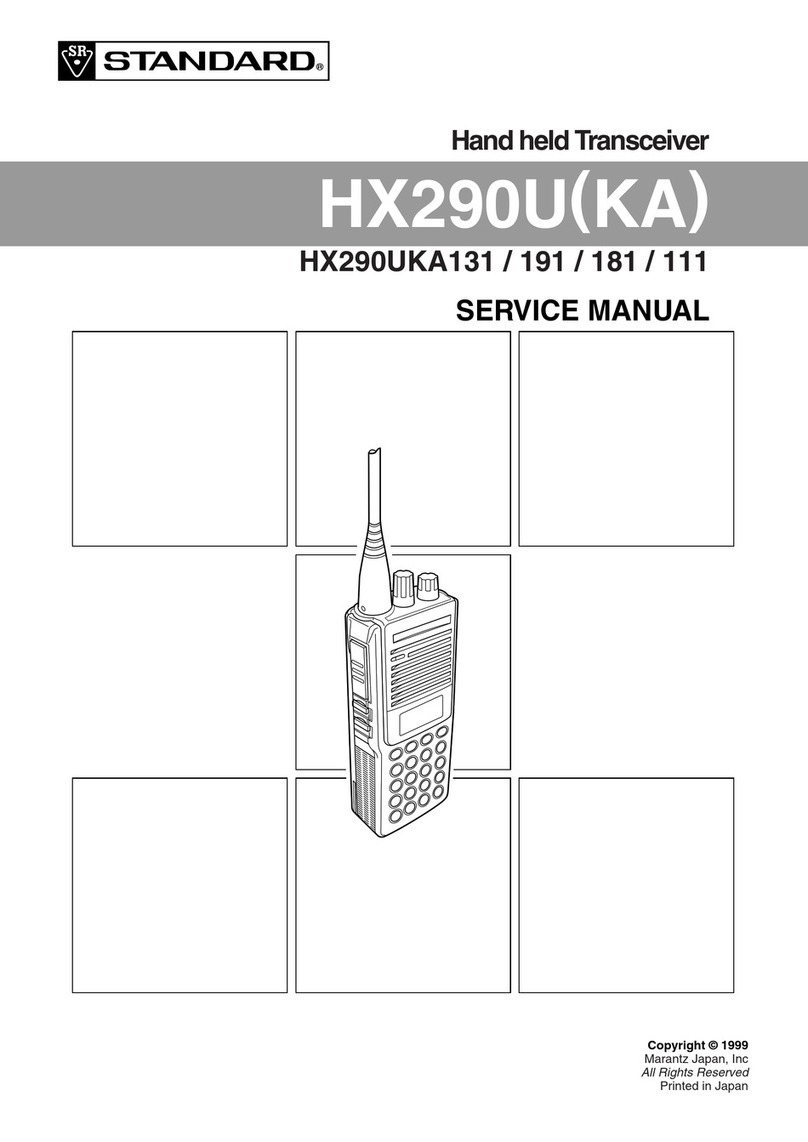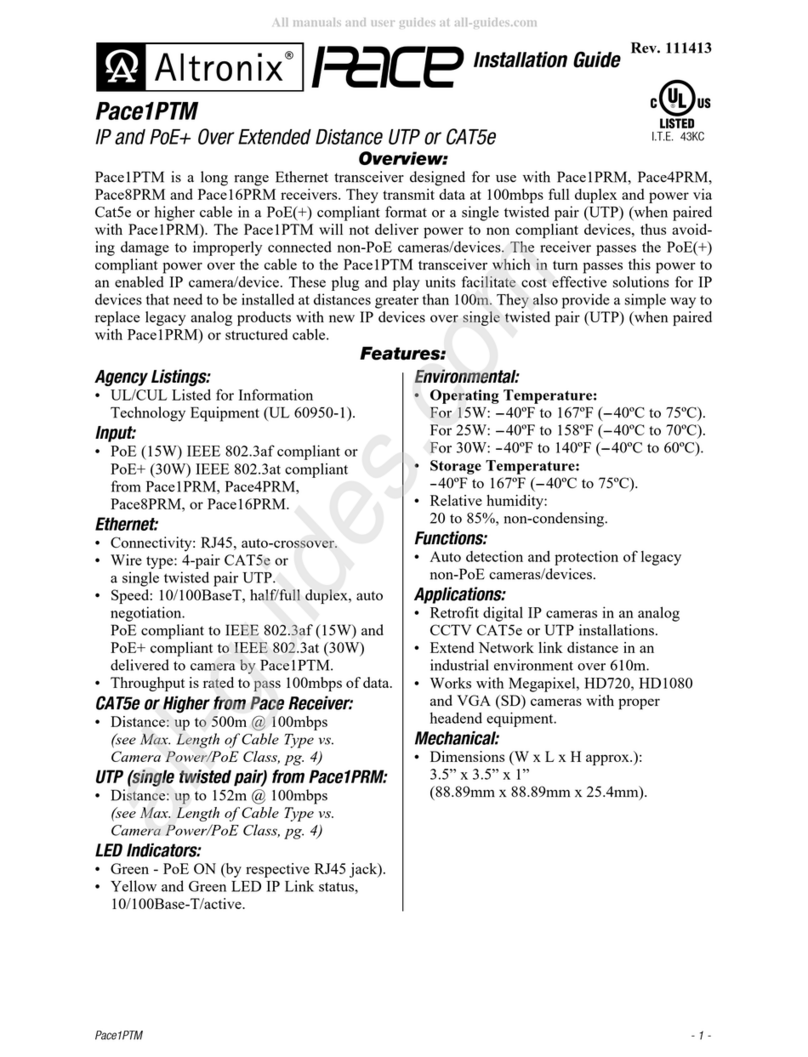
2
ATTENTION: Depending upon the style of system that your are going to control with the Hot Shot Wire-
less Controller you may need to supply additional parts. Such as relays, step-down transformers, Murphy
switches etc. These items are suggested in the wiring guides that follow in this manual.
BATTERY BACKUP
During a power outage, a gel cell rechargeable battery supplies power to a Hot Shot for approximately 24 hours.
This allows a Hot Shot transmitter to send a shutdown signal to the pump when the transmitter has lost line
power. The Hot Shot comes with a battery save feature that will turn off the Hot Shot if the voltage drops from
12vdc to 10vdc. This function will add years of life to the gel cell battery.
Important... When the battery has discharged, it will take approximately 2 to 3 hours for the battery to
charge enough to operate the Hot Shot in case of another power failure. The battery should be replaced
every year for the best reliability during power outages.
ATTENTION: All Hot Shot units have a designated GROUND Terminal. Hot Shot units must have the
ground terminal connected to a proper ground or grounding system as per the NEC (National Electrical
Code) and or your local and state electrical code guidelines.
HOW IT WORKS
The TR-1000 is a TRANSCEIVER. Transceivers can transmit and receive communications. This allows a TR-
1000 to be installed at a pivot or at a pump. To simplify things in this manual we will call the TR-1000 that is in-
stalled at the tank the TRANSMITTER (a transmitter sends out commands. In this application it will send out
pump on and off commands) and the TR-1000 at the pump will be called a RECEIVER (receivers, receive com-
mands from the transmitter to activate or deactivate something. In this manual it will be used to turn on and off a
pump). The left side of the TR-1000’s circuit board is the transmitter and the right side is the receiver.
TRANSMITTER SIDE
RECEVIER SIDE
BASIC OPERATION
Think of a Hot Shot control system as a wireless switch. When the transmitter’s sensor is activated the relay out-
put on a receiver will be activated and turn on a device such as pump, motor or a light. When the sensor is deacti-
vated on the transmitter it will deactivate the relay on the receiver turning of the device it is connected to.
MOUNTING
Cabinets are a weatherproof UV protected NEMA 4X cabinet with mounting ears on top and bottom. The Hot
Shot control boxes can be mounted on the side of a control panel, pole or any other surface as long as the antenna
does not have metal running within 12” of the antenna whip. If longer range is needed, an external long range an-
tenna can be used. Do not mount the HOT SHOT to the well engine or cover because the strong vibrations can be
harmful to the unit.
If installing these on a Variable Frequency Drive do not mount the Hot Shot unit to the VFD because of the poten-
tially strong magnetic field interference that can be produced by these drives. The further away it is mounted the
better it is for the Hot Shot’s ability to transmit and receive.
